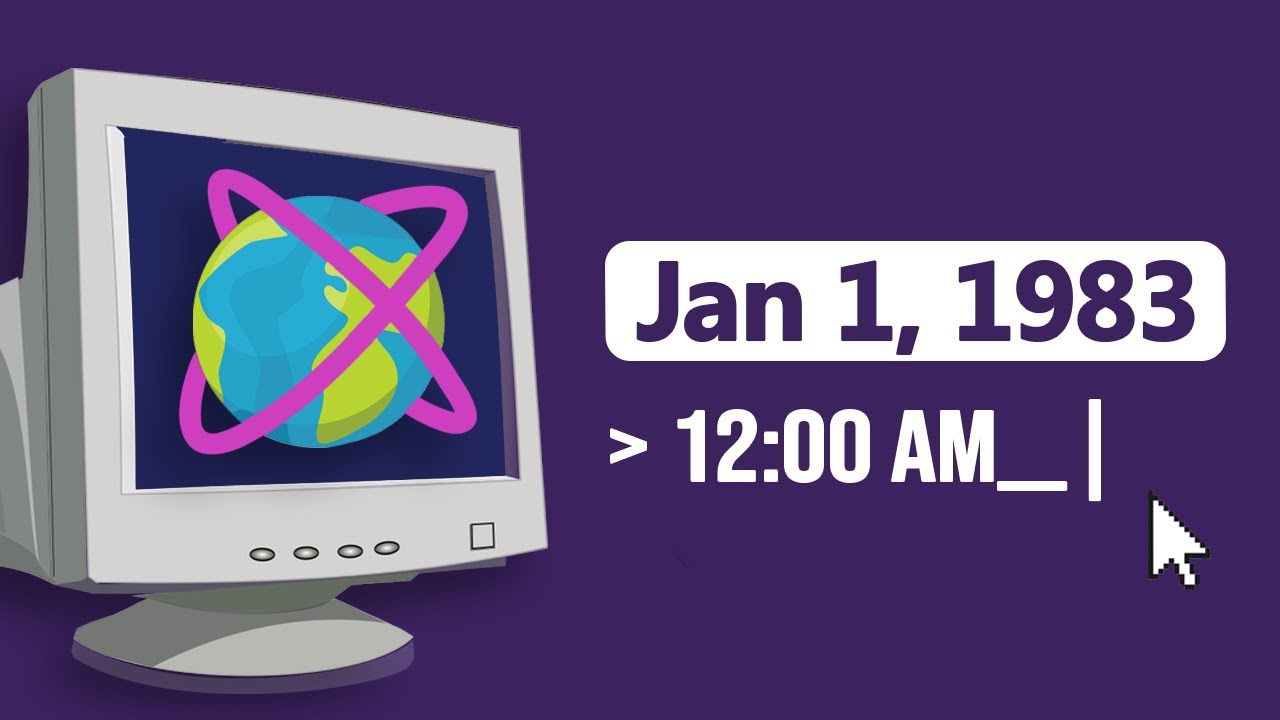Cartoon Network - The Rise and Fall...And Rise Again
Summary
TLDRThis video script delves into the history and evolution of Cartoon Network, starting from its inception in 1992 by Ted Turner. It discusses the acquisition of classic cartoons, the rise of original content like 'What a Cartoon!', and the channel's various rebrandings. The script also explores the network's perceived highs and lows, including the impact of the Time Warner merger and the introduction of live-action shows.
Takeaways
- 📺 The user started watching Cartoon Network, Nickelodeon, and Disney Channel over 20 years ago.
- 🔧 The user customized their TV to only show these three channels.
- 🕒 Cartoon Network launched on October 1, 1992, as the result of innovative deals and decisions by Ted Turner.
- 🎬 Ted Turner acquired a vast library of cartoons, including pre-1948 Looney Tunes, Tom and Jerry, Popeye, and Hanna-Barbera shows.
- 📉 Cartoon Network began with reruns from their acquired libraries and slowly started producing original content.
- ⭐ The user considers the 'cartoon cartoons' era with shows like Johnny Bravo, Cow and Chicken, Courage the Cowardly Dog, The Powerpuff Girls, and Dexter's Laboratory as the height of Cartoon Network.
- 🔄 Major changes in Cartoon Network's programming and branding occurred after 2000, including rebranding and the end of many original shows.
- 📉 The network faced a decline in popularity around 2009, partly due to the introduction of live-action shows under the CN Real block.
- 📈 A resurgence began in 2010 with new popular shows like Regular Show, Adventure Time, The Amazing World of Gumball, and Steven Universe.
- 🔮 The future of Cartoon Network is expected to be different as it continually reinvents itself, especially after the acquisition of Time Warner by AT&T.
Q & A
When did the user start watching Cartoon Network?
-The user started watching Cartoon Network in the mid to late 90s.
What was Ted Turner's main motivation behind acquiring the rights to many classic cartoons?
-Ted Turner's main motivation was likely to get the rights to MGM and UA movies to show on his other networks, with the cartoons coming as an added benefit.
What significant action did Ted Turner take in 1992 related to cartoons?
-In 1992, Ted Turner launched Cartoon Network, the world's first 24-hour channel dedicated to cartoons.
What are some of the iconic shows that emerged from the 'What a Cartoon' series?
-Iconic shows that emerged from the 'What a Cartoon' series include Johnny Bravo, Cow and Chicken, Courage the Cowardly Dog, The Powerpuff Girls, and Dexter's Laboratory.
What role did Tom Kenny play in The Powerpuff Girls, and why is it notable?
-Tom Kenny was the narrator in The Powerpuff Girls, known for saying 'The city of Townsville,' and he is also the voice of SpongeBob SquarePants.
What was Cartoon Cartoon Fridays, and why was it significant?
-Cartoon Cartoon Fridays was a night where different cartoon characters would host an evening of cartoons, contributing to a significant increase in Cartoon Network's popularity.
What happened to the classic cartoons that were originally the focus of Cartoon Network?
-The classic cartoons were eventually moved to a new network called Boomerang in 2000, which aired these older cartoons 24 hours a day.
What was the purpose of Adult Swim, and how did the user react to it as a child?
-Adult Swim was introduced to air more mature content on Sunday nights, and the user disliked it as a child because it meant the end of cartoons for the day and bedtime.
What major changes occurred around 2010 that led to Cartoon Network's revival?
-In 2010, Cartoon Network cancelled CNReal, introduced a new logo, and launched well-received shows like Regular Show, Adventure Time, The Amazing World of Gumball, Steven Universe, and Teen Titans Go.
How did the 2000 merger between Time Warner and AOL impact Cartoon Network?
-The 2000 merger between Time Warner and AOL was a disaster that led to various changes in Cartoon Network, including the resignation of Betty Cohen, the president who had overseen the introduction of many legendary shows.
What criticism did Cartoon Network face when they introduced live-action shows under CNReal?
-Cartoon Network faced criticism for introducing live-action shows under CNReal because it contradicted the network's core identity of being a channel dedicated to cartoons, and the shows received poor reviews.
Outlines

This section is available to paid users only. Please upgrade to access this part.
Upgrade NowMindmap

This section is available to paid users only. Please upgrade to access this part.
Upgrade NowKeywords

This section is available to paid users only. Please upgrade to access this part.
Upgrade NowHighlights

This section is available to paid users only. Please upgrade to access this part.
Upgrade NowTranscripts

This section is available to paid users only. Please upgrade to access this part.
Upgrade Now5.0 / 5 (0 votes)





